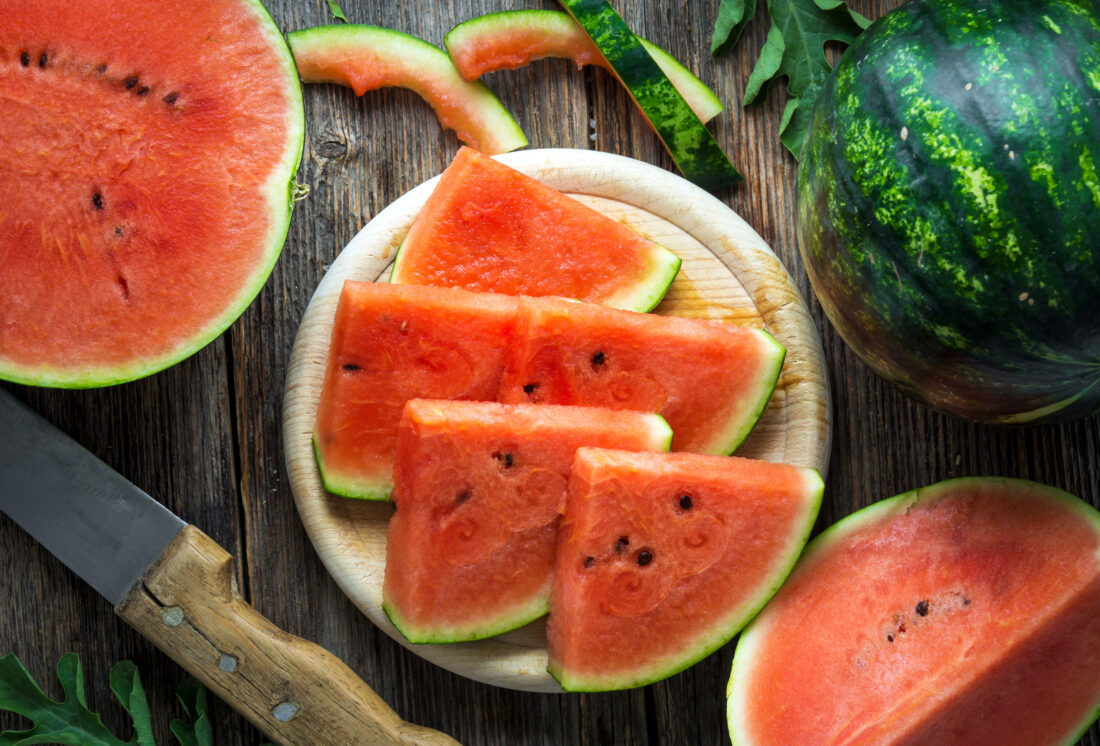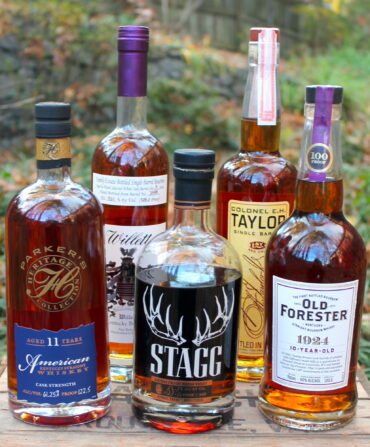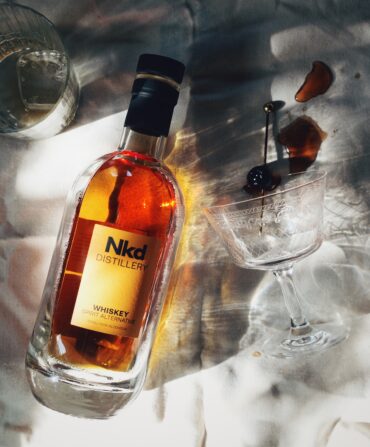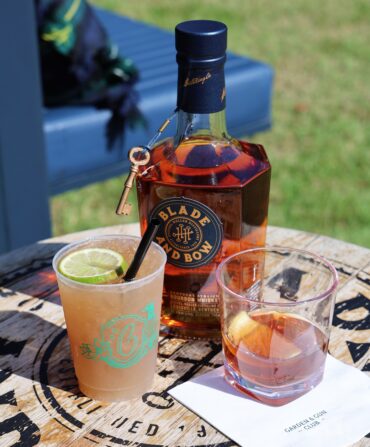G&G’s esteemed Large Fruits Forecast Desk recently took note of a release from the Texas A&M AgriLife Extension Service predicting that while Texas watermelon production is expected to increase this summer, quality is expected to be somewhat down. Intrigued, mildly concerned, and definitely hungered by this news, we decided to further investigate how a watermelon crop can be so appraised, and how we can harness this important science to pick the best melon off the pile.

Brix: The Sweet Science
Not surprisingly, the South grows most of the nation’s watermelons, with Florida, Georgia, and Texas doing the literal heavy lifting. Texas devotes a whopping 42,000 acres to the fruit, generating more than $80 million annually in sales, so predicting the quality of the crop is a matter of some consequence. Turns out that weather conditions in the early growing season have a great influence on how happy you are with the melon you eagerly cleave at the height of summer.
“The big thing is that watermelons are a hot-weather crop. They like sunshine and don’t like cool and cloudy,” says Texas A&M AgriLife’s Dr. Larry Stein. (Stein estimates he spends 15 percent of his time studying watermelons, so he’s an expert in the—ha!—field.) “Texas started off the year with ideal growing conditions, but four to six weeks from harvest, we got rain and clouds. When you don’t have sun, the leaves don’t produce as much sugar in the fruit.”
While the wet weather did help produce more melons than last year’s overly dry conditions (about 50,000 pounds per acre!), those melons are less sweet according to early brix counts. “Brix,” by the way, is the measurement of sugar in fruit; if you’ve heard the term before it was likely at a winery, where vineyard managers obsess over brix in the days before a harvest. Last year, Texas melons registered a high brix count of around twelve, compared with around ten this year. And in that couple-of-brix difference is a sweet melon versus a crazy-sweet melon.
Wait, does rain itself dilute the sugar in the fruit? “That’s not really physically possible,” says Stein in a tone that makes us glad he isn’t grading us, going on to explain that rain doesn’t permeate a melon’s exterior. “In the grand scheme of things, it’s just the lack of sun.”
Seeded vs. Seedless
Some folks choose only seedless watermelons (called triploids by watermelon wonks), while seed-patooing holdouts cry heresy. Stein himself prefers seedless for ease of eating, but the choice goes deeper than simple convenience: “A seeded melon typically has a slightly higher sugar content than a triploid,” he explains.
Ah, so the seed loyalists are on the side of the angels? Not so fast.
“If a watermelon has big seeds and gets shipped, the vibration of transit can cause the flesh to pull away from those seeds,” Stein says. “And that can cause the flesh to go a bit mealy.”
Here’s more trivia that will make you the smartest person at a backyard cookout: Unlike tomatoes and some other produce, watermelons aren’t purposely harvested early for shipping. “Watermelons should be picked ripe,” says Stein, “because once picked, they don’t ripen any more.”
Thumps Up
In the end, whether you choose a melon from your garden, the farmers market, or the supermarket, you just want to know how to select a better one than your friends will serve at their summer gatherings.
If you’re picking off the vine, Stein advises that a curly tendril that has turned brown next to the melon is a good signal of near-ripeness. When confronted with a heap of melons in a truck bed or grocery bin, old-time evaluation techniques are still the best we have. “You want to look for fully sized stripes, and definitely a belly that has a creamy color,” Stein says.
Yes, thumping a melon is perfectly valid—if you actually know what you’re listening for. “What you want is a defined ringing sound instead of a dull sound,” Stein says. “If the sound is dull, it was likely picked over-ripe and won’t have that crispness we all want. But if the sound is too sharp, then it might be under-ripe.”
So there you go: After all the predictive science and data analytics, you’ve just got to have a good ear for watermelon.








